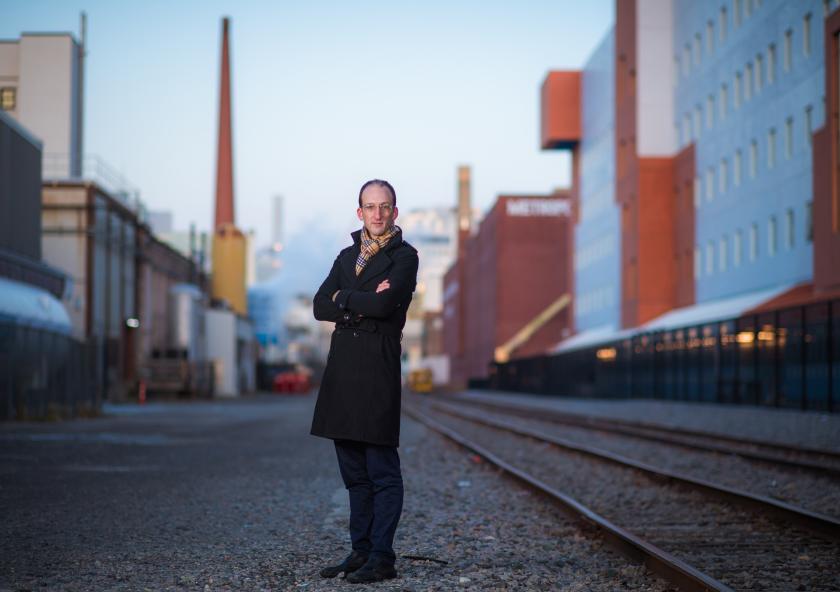
"Futurizing" undergraduate teaching

When it comes to education, Michael Short is not beholden to tradition. And he’s no fan of arbitrary requirements that don’t contribute to learning. Now the Class of ’42 Associate Professor of Nuclear Science and Engineering (NSE), Short won a Junior Bose Teaching Award in 2017, and his innovative approach to classroom instruction can be seen in the two courses he’s transformed: 22.033 (Nuclear Systems Design) and 22.01 (Introduction to Nuclear Engineering and Ionizing Radiation).
Short started teaching the design course in 2011 during his postdoc, one year after receiving a PhD from NSE. First as a postdoc and then (starting in 2013) as a junior faculty member, he was encouraged to stick with the usual format. The course’s big design project was closely integrated with the pet projects of senior faculty, Short says, “leaving little room for imagination or creative input by the students on the direction of their design projects.”
He changed that in 2016, wanting his students “to learn how to design things that matter for people, not just engineers.” He gave them an open-ended challenge: to use their skills — and knowledge of nuclear science, thermodynamics, and engineering — to help humanity, and not just by building a reactor that nobody wanted. Their first task, in other words, “was to figure out what’s worth solving, because if you just dive into the technical aspects, you might get a good solution to the wrong problem.”
That course correction has proved fruitful. In the first year of his “reboot,” students in 22.033 came up with an idea that could simultaneously reduce carbon dioxide emissions and the amount of plastic going into landfills. Their solution was to expose discarded plastic to gamma radiation, which makes it stronger and more durable. The irradiated plastic waste could then be used as an additive to strengthen concrete; with less demand for concrete, less carbon dioxide would be given off during it production. Two of these students — along with Short and other MIT researchers — published a 2017 paper on the subject in the journal Waste Management, and a company has since been formed.
In 2020, the classroom experience, at MIT and elsewhere, was dramatically affected by the pandemic. Class time was shortened for the fall 2020 design course, mainly because students had to spend their first two weeks in quarantine and leave campus before Thanksgiving. There wasn’t time for them to cast about for project ideas, so Short assigned one he’d been thinking about since 2009. That’s when he met a graduate student from Mongolia who told him that the capital, Ulaanbaatar, which gets 90 percent of its energy from coal, is one of the most polluted cities on Earth. “How can we alleviate this problem with our unique skills and knowledge?” Short asked his students last fall.
They rose to the occasion. The students proposed that instead of delivering coal to Ulaanbaatar residents, who burn it in their homes for heating and cooking, a box of hot, molten “phase-change” salts could be delivered each day using the same infrastructure. The boxes would act as heat-storing thermal batteries that are “charged” at local power plants and later release their heat in people’s homes, while giving off no emissions. Residents would pay about a dollar a day — less than they spend on coal. After testing the idea in MIT labs, Short and his students have applied for grants to try it out in Mongolia.
“We’re really proud of what we put together with just 12 weeks and five undergraduates,” comments James Parsons, a fourth-year student who participated in the project. “During the process, I learned so much — not just about our specific project, but also about the creative thinking required for tackling big design challenges,” says another senior, Leanne Galanek.
Last fall, 22.01 was entirely online, and Short wasn’t satisfied with the usual options for remote teaching. “Zoom and an iPad can’t substitute for a blackboard,” he says, “so I got something that did.” He purchased a wall-sized electronic light board, which he modified so that he could see his students while writing and actually look them in the eyes when they asked questions. “That eye-to-eye engagement is important,” he adds.
Short believes that students learn best through shared context, examples, and stories, rather than through dry recitations of facts or derivation of theory. He sent his 22.01 students kits containing the electronic parts they needed to build their own Geiger counters and “go radiation spelunking near their homes, using their knowledge of which building materials have the most naturally-occurring radiation.”
He asked students to send him toenail clippings, which — when exposed to neutrons in MIT’s nuclear reactor — emit gamma rays that can indicate whether the individuals had been exposed to chemicals like arsenic and selenium. The students were then able to analyze themselves on their graded problem sets, using very personal data, providing a uniquely NSE lens into their own bodies. “We’re using radiation for each student to get to know themselves better in a way they didn’t know was possible.” He also suggested that students get dual energy X-ray analysis (DEXA) scans to figure out how X-rays can be harnessed to reveal one’s muscle and body fat percentages.
“The toenails and DEXA scans are all about making science personal,” Short says. “Science is all around us, but it’s not always taught that way. Classes are often too detached to make things meaningful to students.” He’s trying to counter that by making his classes as experiential as possible. “The purpose is not just to have fun,” Short adds, “but rather to create concrete experiences that people can learn from — and remember.”
A more senior colleague once told Short “to stop being a great teacher and be just a good one, so you can focus on your research,” echoing similar advice that junior faculty have heard too often. He’s ignoring that advice because he learns through teaching, which can benefit his research in turn. “Too many people view them as separate activities,” Short says, “but they’re not. Fortunately, NSE recognizes this synergy between good teaching and good science.”

